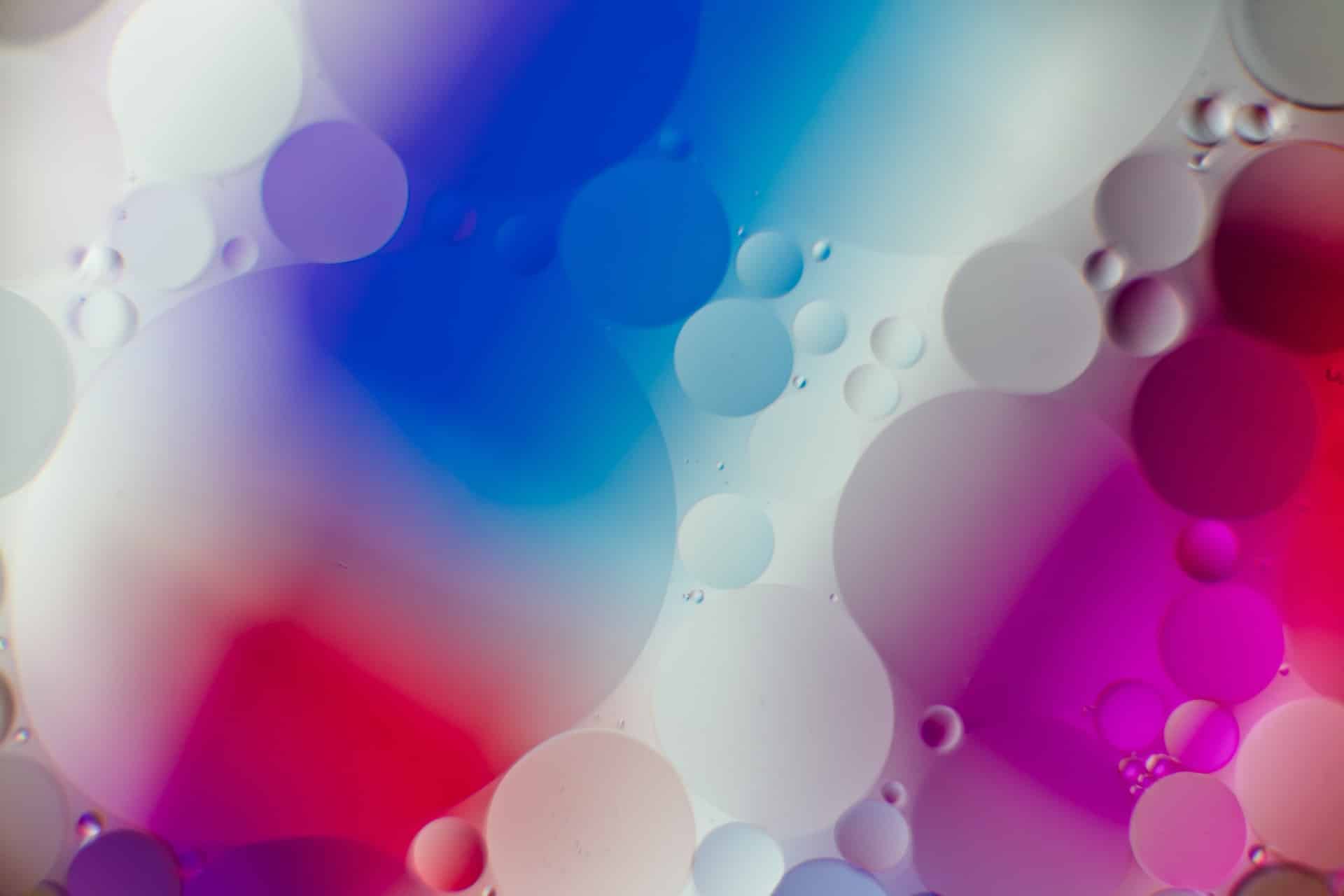The non-fungible tokens (NFTs) industry became very popular in 2020, generating billions of dollars in sales for artists and creators. As the NFT market grew, artists became more creative, integrating generative art – an artistic practice that had been around for decades but was overlooked – to create generative art NFTs.
The generative art NFTs space has become a growing category within the crypto art sector. Read on to learn what generative art NFTs are and why they have become popular.
What Is Generative Art?
Generative art is created by using algorithms programmed into specific criteria by the artists. With generative art, an artist has to define the general process – for instance, what colors, geometry, or patterns will be used – which is then fed into the algorithm in random quantities.
Simply put, generative art is art created using software, like artificial intelligence (AI), to randomly design colors, patterns, and shapes resulting in artistically delightful digital artwork.
For art to qualify as generative art, it has to have three components – algorithms, geometry, and randomness.
The creation of generative art has to be random to prove that the artist didn’t think through the artwork before it was created. The incorporation of algorithms and geometry helps to add creativity and give the artwork a charming visual effect. It’s no wonder generative art is also commonly referred to as algorithmic art due to the use of algorithms in their creation process.
What Are Generative Art NFTs?
Generative art NFTs are generative artwork produced via a smart contract and kept on a blockchain as a non-fungible token. They follow a similar process to generative art, with the addition being NFTs.
Although NFTs came about in 2017, sales didn’t spike until 2021, when they grew to $25 billion. And despite the 2022 crypto winter, NFTs still generated nearly $24.7 billion in sales. The continued growth of the NFT sector has helped artists incorporate generative art, making it a lucrative venture for artists and collectors alike.
Today, NFTs have made it possible for just about anyone to own or collect a work of generative art. This is expected to have a positive outlook regarding the adoption and growth of the generative art NFT space. Interestingly, leading digital artists already make millions from selling generative art NFTs.
Examples of Generative Art NFT Collections
Below are some examples of popular algorithmic art NFT collections that have been produced thus far.
Autoglyphs
The Autoglyphs was the first ever generative art NFT project. LarvaLabs, the creators of CryptoKitties, produced Autoglyphs in 2019. LarvaLabs are the creators of CryptoKitties. This collection saw the creation of on-chain art NFTs using code that was running on the Ethereum blockchain.
The collection limited the supply of the glyphs to 512 NFTs, which have all been created and sold. The Autoglyphys collection was estimated to have a total sales volume of $41 million.
Art Blocks
Having recorded a total sales volume of $994 million, Art Blocks is regarded as the most successful generative art NFT project. The collection consists of abstract artwork like Chromie Squiggle and Ringers series. The Art Blocks collection also runs on the Ethereum blockchain.
Lost Poets
Pak, the creator of Lost Poets, is one of the most successful and popular NFT artists of the 21st century. The Lost Poets is also revered as one of his most comprehensive non-fungible tokens projects to date. When it launched, the project raised $70 million in initial sales in late 2021.
Why Are Generative Art NFTs Popular?
While NFTs grew in popularity as an independent sub-sector within the crypto industry, the inclusion of generative art helped popularize algorithmic art NFTs. And as more artists began making generative art NFTs and selling them for millions of dollars, the sector has continued to experience growth.
Another factor contributing to generative art NFTs’ popularity is that they can be bought and sold on well-known NFT marketplaces, which just about anyone can access. In addition, they can also be created using popular tools such as Canvas, Sketch, JavaScript, and openFrameworks, making them an accessible form of art for budding artists and creators.
Generative digital art shows that crypto art is more than pixel art and monkey pictures, adding a real element of art to the crypto art market.




